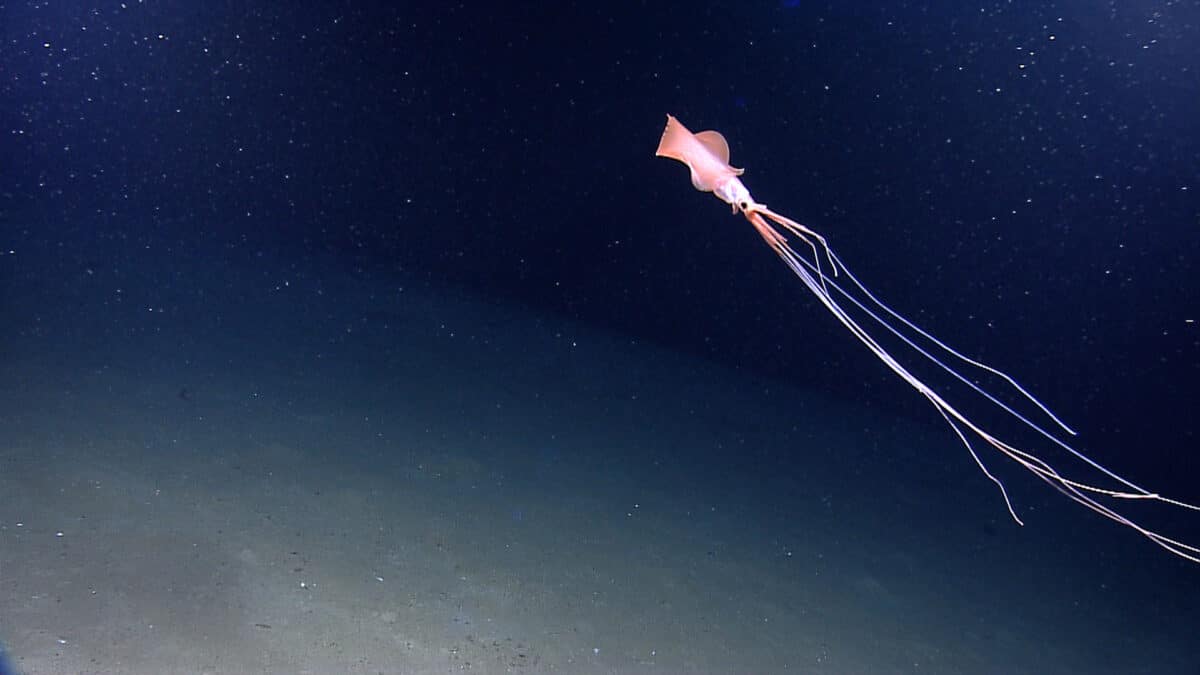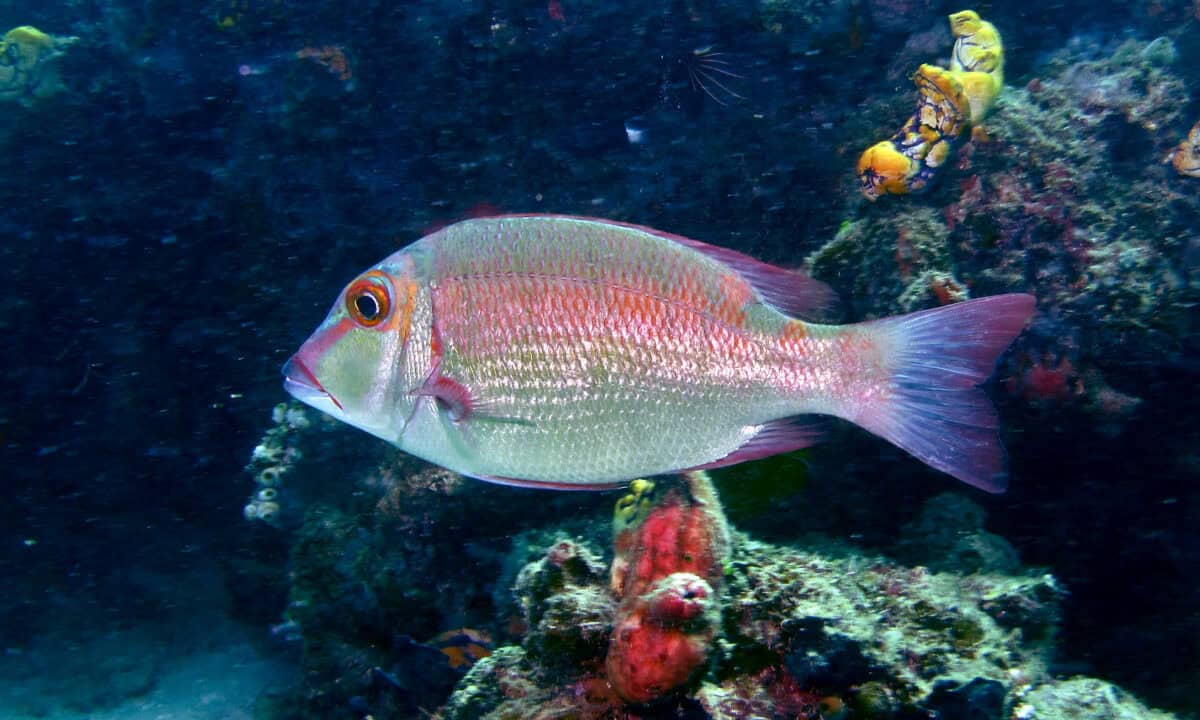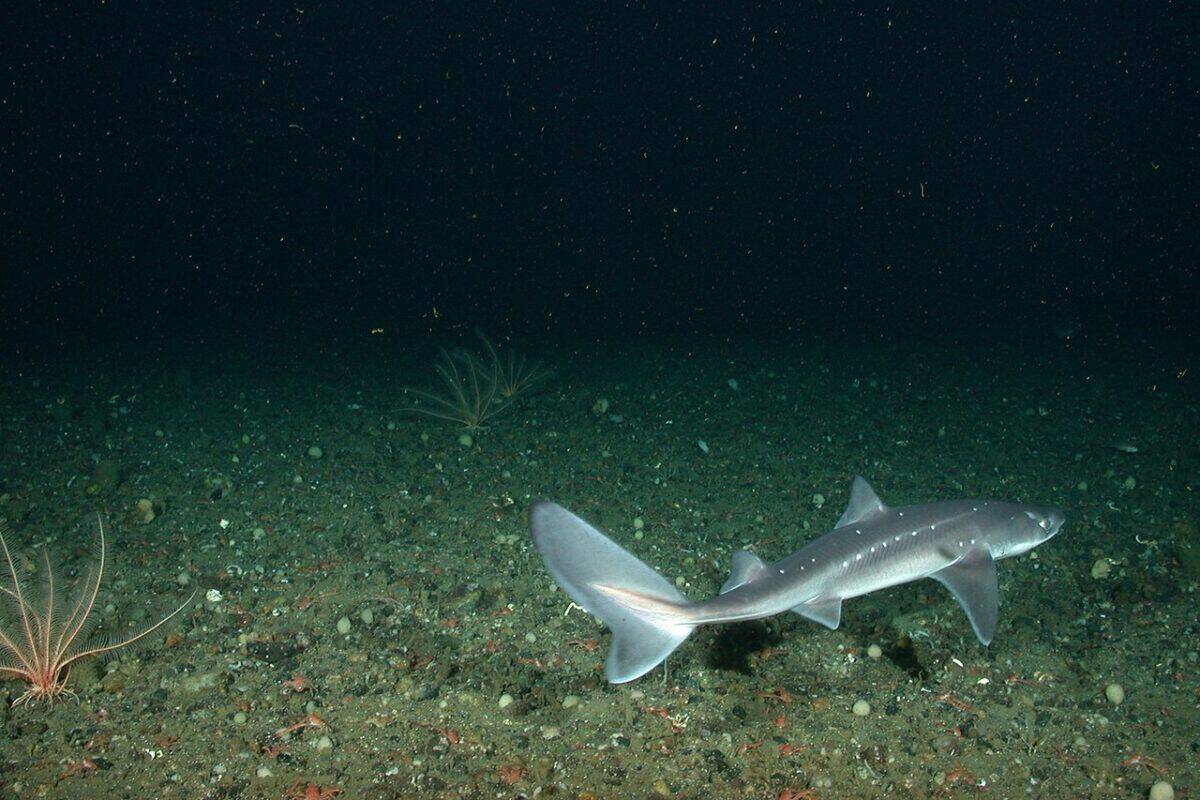The ocean’s depths are some of Earth’s last frontiers, harboring enigmatic creatures that few have ever seen. Exploring these abysses off the US coast unveils a world both alien and astonishing. From bioluminescent jellyfish to resilient invertebrates, these remarkable beings thrive far below the sunlit surface. Through recent explorations, we’ve discovered a range of fascinating species that challenge our understanding of life in extreme environments. Dive into this captivating journey as we explore the deepest ocean creatures found off the US coast.
The Abyssal Zone: A Mysterious World

The abyssal zone, lying between 3,000 and 6,000 meters deep, represents one of the most inhospitable environments on Earth. Characterized by complete darkness, freezing temperatures, and crushing pressures, it hosts a surprisingly diverse array of life forms. These creatures have adapted in unique ways to survive and thrive in such a challenging habitat.
Bioluminescent Wonders: Life That Glows

Bioluminescence, the emission of light by living organisms, is a common adaptation among deep-sea creatures. This phenomenon serves various survival purposes, from attracting prey to deterring predators. Notable among these glowing marvels is the deep-sea jellyfish, whose ethereal glow illuminates the dark. Such adaptations highlight the ingenuity of life in oceanic depths.
The Fearsome Deep-Sea Anglerfish

The deep-sea anglerfish is a quintessential deep-sea predator, renowned for its ominous appearance and unique hunting strategy. Equipped with a bioluminescent lure on its head, the anglerfish draws prey close before snaring them with its sharp teeth. Living thousands of meters below, this formidable hunter epitomizes the bizarre adaptations required to survive in the ocean’s depths.
The Gigantic Squid: Legends and Realities

Once considered mere legends, giant squids have now been documented as denizens of the deep, reaching lengths up to 43 feet. These elusive giants occupy a significant role in the deep-sea food chain, both as predators and prey. Their mysterious lives and occasional appearances in US waters continue to intrigue researchers and enthusiasts alike.
Marine Snow: The Icy Rain of Life

Marine snow, a continuous shower of organic material falling from upper waters, provides vital nutrients to deep-sea ecosystems. Comprising dead phytoplankton, fecal matter, and other detritus, it sustains many deep-sea organisms. The study of marine snow is crucial for understanding how life persists in these extreme and isolated environments.
Deep Ocean Exploration: Revealing Hidden Worlds

Advancements in technology have paved the way for deeper ocean exploration. Remotely operated vehicles (ROVs) and submersibles allow scientists to explore depths previously inaccessible. These missions have resulted in significant discoveries, offering insights into the biodiversity and functioning of deep-sea ecosystems.
The Ghostly Dumbo Octopus

Named after Disney’s iconic elephant, the Dumbo octopus enchants with its unique appearance. Its “ears,” actually fins, flutter gracefully as it navigates the deep. Found at depths exceeding 4,000 meters, this ethereal creature exemplifies the grace and adaptability of deep-sea species.
Challenges of Deep-Sea Research

Studying deep-sea creatures comes with inherent challenges, from the hostile environment to the vast, uncharted areas. High pressure, low temperatures, and logistical constraints make deep-ocean research a demanding field. Nonetheless, these efforts are crucial for uncovering the secrets of the deep and for informing conservation strategies.
The Role of Pressure Adaptation

Lifesforms inhabiting the deep ocean exhibit remarkable pressure adaptations. Some possess unique proteins that retain functionality under extreme pressure, while others have specialized cellular structures. Unraveling these adaptations not only enhances biological knowledge but also inspires advancements in biotechnology and medicine.
Deep-Sea Biodiversity: A Reservoir of Discovery

The diversity observed in deep-sea habitats is astounding. Each new exploration off the US coast uncovers species previously unknown to science. This biodiversity serves a critical role in the global ecosystem, contributing to carbon cycling and offering potential biotechnological applications.
Conservation of Deep-Sea Ecosystems

Despite their remoteness, deep-sea ecosystems are not immune to human impact. Overfishing, deep-sea mining, and pollution pose significant threats. Conservation efforts must prioritize these habitats, balancing human activity with the preservation of these ancient and fragile ecosystems.
Final Reflections: An Ongoing Journey

The exploration of the ocean’s depths off the US coast is far from complete. Each discovery enriches our understanding of life on Earth, demonstrating resilience in the most unlikely places. As technology advances and exploration continues, we can expect to unravel further mysteries of the deep, broadening our appreciation for the ocean’s hidden worlds.
The deep ocean remains a testament to the resilience and adaptability of life, its enigmatic residents offering a glimpse into life at the extremes. By continuing to explore and conserve these incredible ecosystems, we ensure that this underwater world remains as enigmatic and full of wonder for future generations.
- The Story Behind the Bison’s Comeback from Near Extinction - August 9, 2025
- How Penguins Take Turns at Sea and Nest to Raise Chicks - August 9, 2025
- Dolphin Brains Compare to Those of Apes and Humans - August 9, 2025
